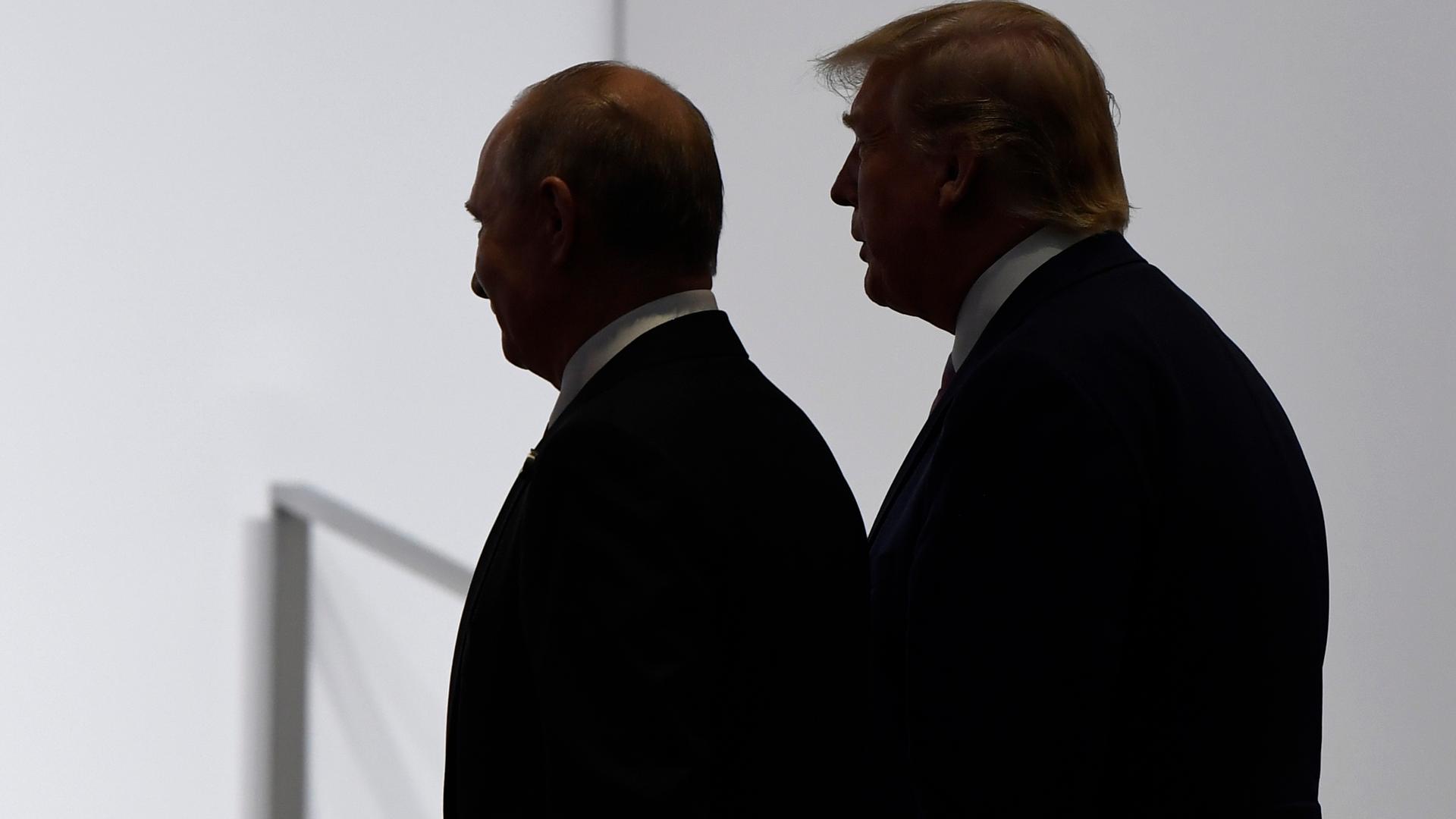The Trump administration claims that Russia has tilted the playing field in their favour, and they might be right.
The decision last week by the Trump Administration to start the process of leaving the Open Skies Treaty came as a shock for some. Those who have been following the debate over the treaty were not surprised.
The Treaty on Open Skies, as it is officially known, was signed in 1992 during the early days of the new post-Cold War era. Russia was different. The world was different. This was a time of great optimism and a lot of east-west cooperation.
The treaty did not come in to force until 2002 at which time 27 countries in North America and Europe ratified it. Currently, 34 countries have ratified it. The treaty is basically a confidence and security building mechanism between all the signatories. It allows unarmed aerial observation flights over the territories of those party to the agreement to improve military transparency and build trust and confidence.
The US does not believe that Russia is in compliance with the treaty and is giving Moscow six months to change its ways. If, after the six month period, the US is not satisfied that Russia is abiding by the treaty, it will leave the agreement.
There are three reasons why the Trump Administration was right to announce its possible withdrawal from the treaty last week.
Firstly, why should the US remain in a treaty that Russia refuses to abide by? A great example of Russia’s noncompliance is with the Republic of Georgia.
In 2008 Russia invaded, and has since continued to occupy, the Georgian regions of Abkhazia and South Ossetia. Under the terms of the Open Skies Treaty, observation flights cannot be carried out within 10 km of an international border of a country that is not part of the Open Skies agreement.
Since Russia is one of only five countries that recognises Abkhazia and South Ossetia as independent states (the others being Syria, Nicaragua, Venezuela, and Nauru.), Moscow has refused to allow observation flights within 10 km of its border with these two occupied regions of Georgia since 2010. Georgia is a signatory that has ratified the treaty.
Although there have been many diplomatic complaints filed over this issue, Russia has been unwilling to change its position.
There is also a problem with Russian occupied Crimea. In 2014, Russia invaded and illegally annexed the Crimean peninsula from Ukraine. Since then, Moscow has designated an airbase as a refueling stop for Open Skies Treaty observation flights. This is a clear affront to Ukraine’s sovereignty by Russia and an attempt to justify its annexation of Crimea.
There are other Russian violations of the treaty too. For example, Moscow has placed limitations and restrictions on observation flights over its Kaliningrad exclave. In 2018, Russia refused a US observation flight during a major Russian military exercise.
Secondly, the Trump administration followed a very deliberate process that involved an inter-agency review. It was not as if President Trump woke up one morning last week and decided to pull the US out of the treaty. It has been well known for some time in Washington that the administration was reviewing America’s status in the Open Skies Treaty.
There was also wide consultation with allies in Europe. It is true that there is some concern by European countries of America potentially leaving the treaty, but the administration’s decision did not catch any of America’s allies by surprise in the same way the Obama Administration abruptly announced it was canceling part of its missile defense program in Europe in 2009.
Finally, the two aircraft that the US Air Force uses for its observation missions are old and will need replacing soon. It is estimated that replacing these planes with newer ones could cost more than $200 million. This doesn’t include the long term cost of maintaining and operating the planes, which could cost many millions of dollars more.
It is reasonable to wonder if, in this era of fiscal austerity resulting from the economic impact of the Covid-19 pandemic, the money needed to replace the older airplanes would be better spent elsewhere by the US military. This is especially true when considering that much of the same imagery produced by observation flights can be gathered by other means, like satellites.
Last week’s announcement follows a trend by the Trump Administration to withdraw from treaties with which Russia is not itself in compliance. This makes sense. After all, what is the point of being limited or restricted by a treaty when others are not following the same rules?
It is not that Russia has just recently fell out of compliance of the Open Skies Treaty. In the case of Georgia this has been the case for a decade. And it is not as if Russia’s non-compliance of the Open Skies Treaty is a one-off. Russia was in violation of the Intermediate Range Nuclear Force (INF) Treaty and the Trump Administration was right to leave that agreement too last year.
It is worth noting that also last week the Trump administration announced that talks between US and Russian officials have been going on for weeks regarding possible arms control agreement on nuclear weapons.
So it is not as if the administration completely dismisses the notion of arms control. It just wants an even and fair playing field where all sides accept the terms of any agreement.
In the case of the Open Skies Treaty (and INF Treaty) Russia did not abide by the treaties. So if the US leaves the Open Skies Treaty in six months do not blame Washington.
The blame lies with Moscow.
Author: Luke Coffey
Luke Coffey is the Director of the Foreign Policy Center at The Heritage Foundation, a Washington DC based think-tank.
Source










Discussion about this post